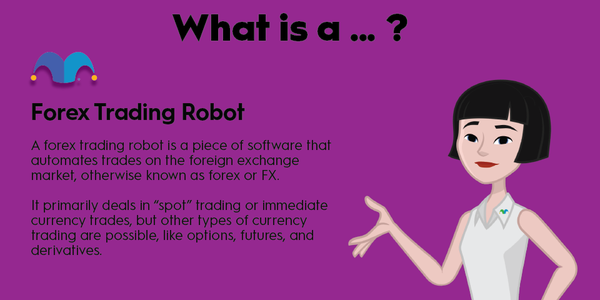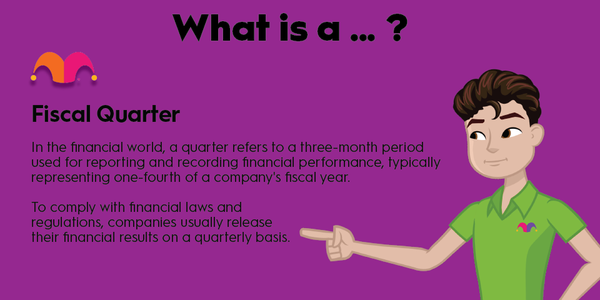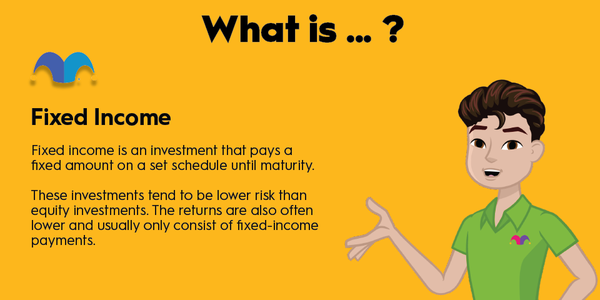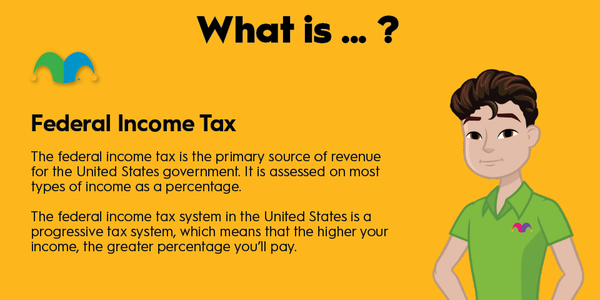Whether you work for an employer or yourself, April 15 isn't the only date you pay taxes. U.S. employers and employees have to pay taxes as part of the Federal Insurance Contributions Act (FICA), which funds Social Security and Medicare. Read on to learn more about this tax -- how it's collected, how it's used, and the future of its revenue.

Definition
What is FICA?
If you work for someone, the Federal Insurance Contributions Act (FICA) is usually the small print that takes 7.65% from your paycheck. If you work for yourself, the amount of FICA tax is twice as much, although half is deductible from your annual federal tax bill.
There's little disagreement about the importance of FICA taxes. They're used to pay for Social Security and Medicare, two of the U.S. government's largest (and most popular) programs. The Social Security program provides retirement benefits for almost 71 million Americans; Medicare covers many healthcare costs for about 67 million people.
If the FICA taxes seem high, it's because the programs that it funds are extremely expensive. The Old Age, Survivors, and Disability Insurance (OASDI) trust funds used to pay for Social Security took in $1.35 trillion in 2023; a pair of Medicare trust funds relied on the taxes for 36% of the $1 trillion in program spending. And neither the Social Security nor Medicare trust funds are genuinely healthy from a long-term, actuarial perspective.
FICA components
FICA components
Strictly speaking, FICA taxes consist of two parts since they're used to fund two different programs. The 7.65% tax includes a 6.2% Social Security tax and a 1.45% Medicare tax. If you work for an employer, you pay the 7.65% tax to cover the costs of both programs; your employer pays another 7.65%. If you're self-employed, you're on the hook for a 15.3% tax rate, although you can deduct half of the amount on your annual federal tax return.
There's more good news from a taxpayer perspective: The 6.2% Social Security tax only applies to the first $168,600 in earnings in 2024, though this amount is adjusted annually. So, a person who earns $168,600 and another person who earns $1 million pay the same amount in Social Security taxes. Meanwhile, wealthy earners -- only employees, not employers -- are stuck with an additional 0.9% surtax if they're single and earn more than $200,000 or married/joint filers and earn more than $250,000.
Related investing topics
Future of FICA
Future of FICA taxes
The tax breaks are catching the eyes of federal policymakers concerned over the dwindling balances in both the Social Security and Medicare trust funds. The funds used to pay Social Security benefits are expected to begin running a deficit in 2035, and Medicare will only be able to pay full benefits through 2036, according to a recent trustee report.
A shortfall could affect millions of Americans, especially people for whom retirement planning hasn't been a priority. Options to extend the life of the Social Security trust fund include several extremely unpopular ideas, such as raising the current full retirement age from 67 for most Americans, increasing the current 6.2% FICA tax for Social Security, or removing the $168,600 cap on taxable earnings.
Potential Medicare solutions include raising the age of eligibility from the current 65, reducing payments to hospitals and physicians, essentially rationing care, or increasing premiums and deductibles that elderly and disabled Medicare participants currently pay for healthcare services.


































































